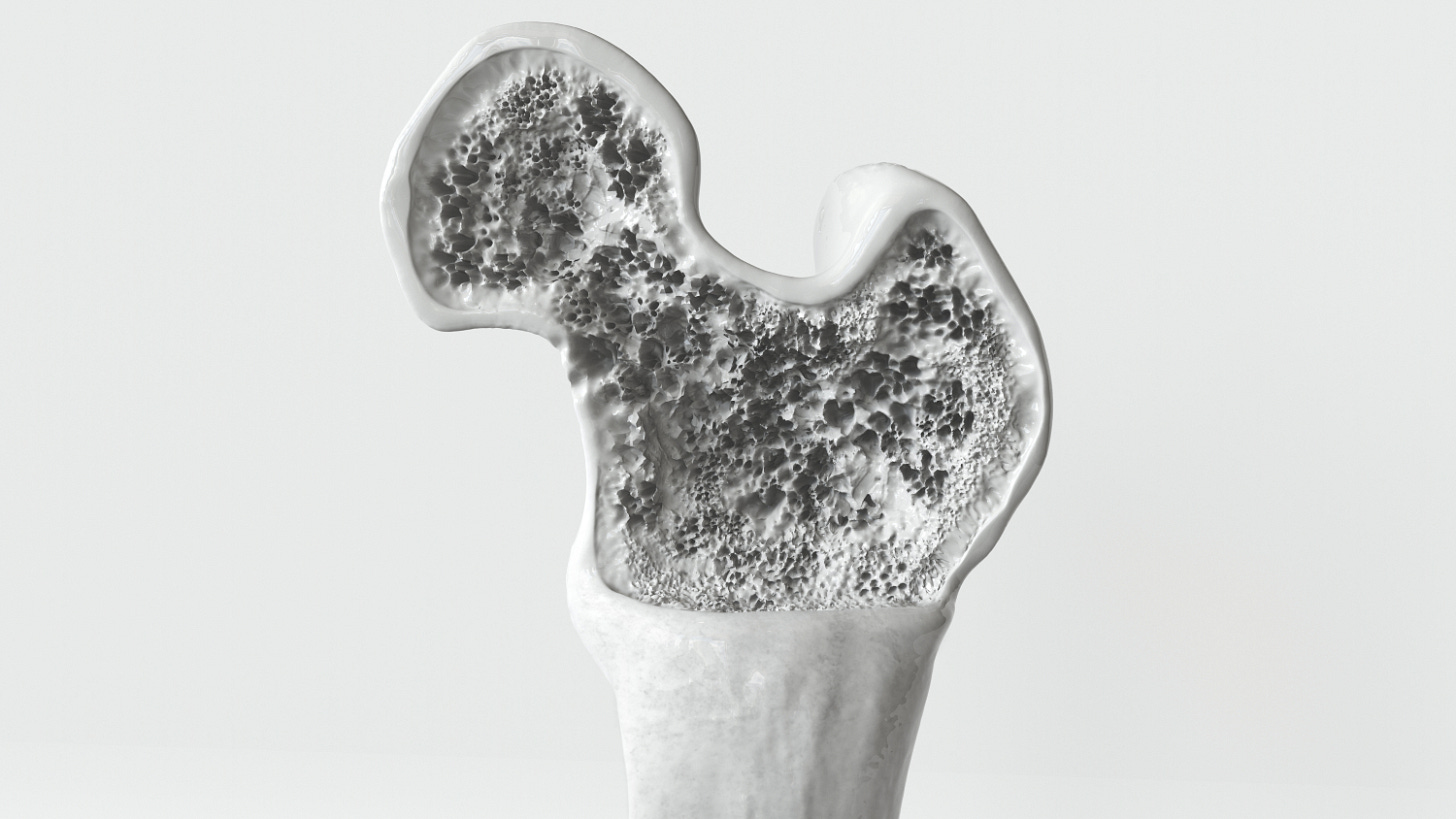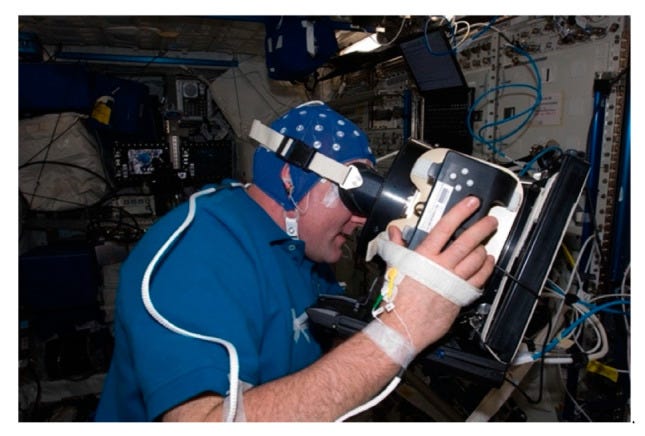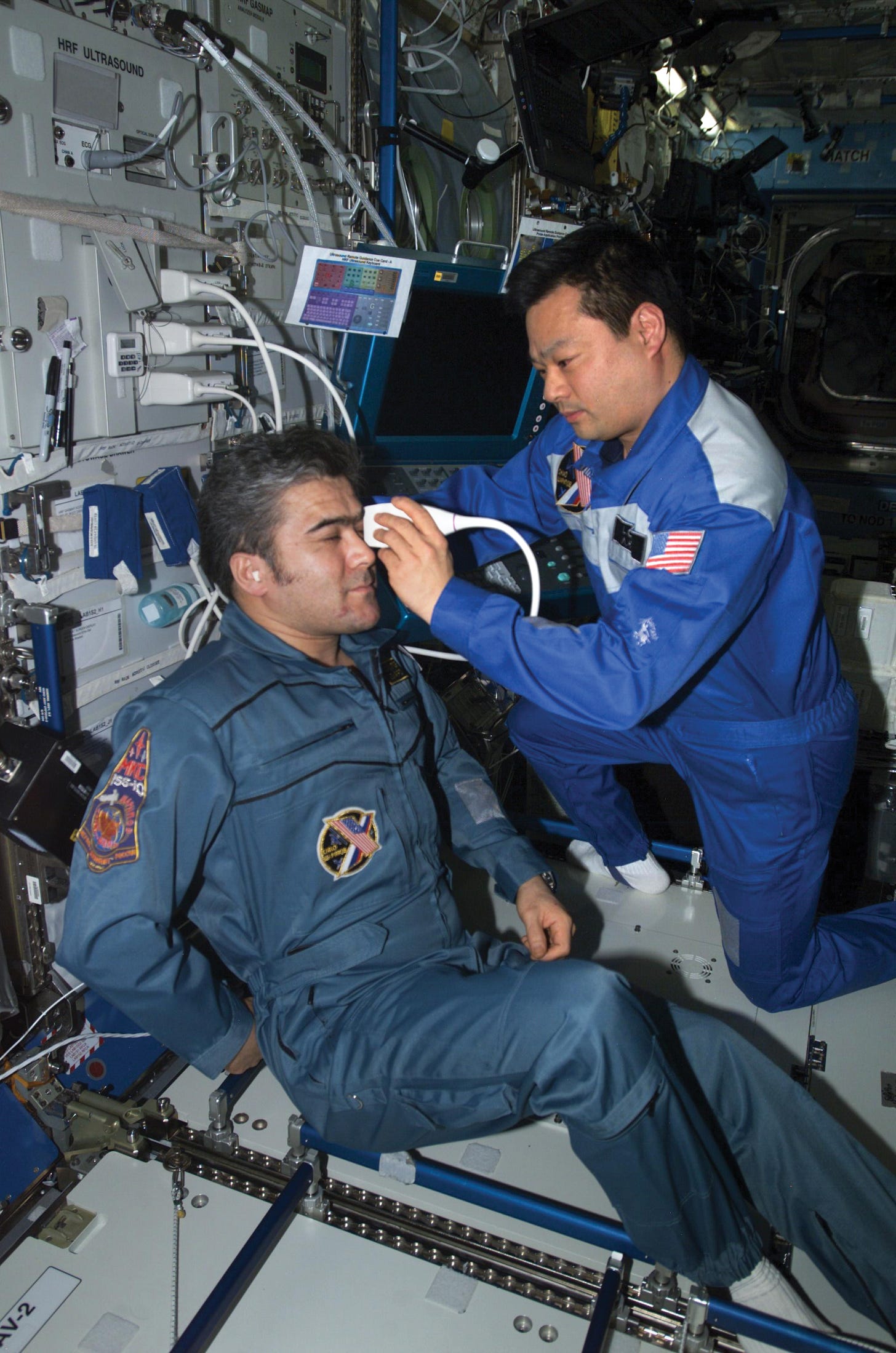NASA astronaut Sunita Williams recently returned to Earth after an extended stay aboard the International Space Station (ISS). Williams, known for her resilience and extensive contributions to space exploration, spent over nine months in microgravity. During her time in space, she participated in numerous scientific experiments and faced the physiological challenges of long-term space travel. Following her return, she began an intensive 45-day rehabilitation program to aid her body in readjusting to Earth’s gravity. Her recovery journey serves as a valuable case study for understanding the effects of microgravity on the human body and the importance of comprehensive rehabilitation protocols.
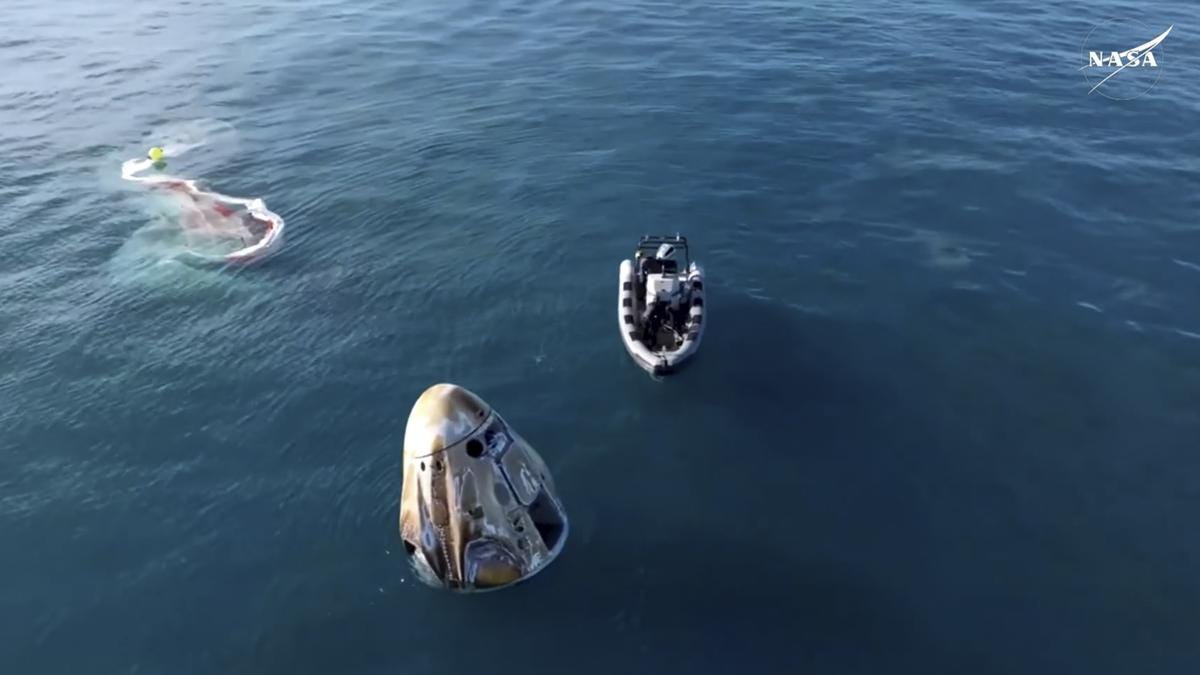
This article provides an in-depth examination of the effects of long-term spaceflight on the body, the underlying mechanisms, and the comprehensive recovery process upon returning to Earth.
The Physiology of Microgravity
In the microgravity environment of space, the force of gravity is almost negligible. This absence of gravitational pull fundamentally alters the body’s normal physiological processes, which are finely tuned to function in Earth’s gravitational field.
1. Musculoskeletal System
Muscle Atrophy:
Without the need to support body weight, the muscles in the legs, back, and neck weaken over time. Studies show astronauts experience a muscle mass reduction of 20-30% in less than 6 months.
Type I slow-twitch muscle fibers, responsible for endurance activities, are predominantly affected.
Bone Density Loss:
In microgravity, bone resorption (breakdown) outpaces bone formation, leading to a net loss in bone mineral density (BMD). Lumbar spine and pelvic bones are particularly vulnerable, with astronauts losing approximately 1-2% BMD per month.
2. Cardiovascular System
Fluid Shift:
Microgravity causes bodily fluids to redistribute from the lower extremities toward the upper body. This results in puffy faces, narrowed legs, and increased intracranial pressure.
Cardiac Remodeling:
The heart becomes more spherical, reducing its efficiency. Studies using echocardiography in space missions suggest a 9.4% change in cardiac shape.
Orthostatic Intolerance:
Upon return to Earth, astronauts often experience dizziness and difficulty standing due to the inability of blood vessels to effectively constrict and maintain blood pressure.
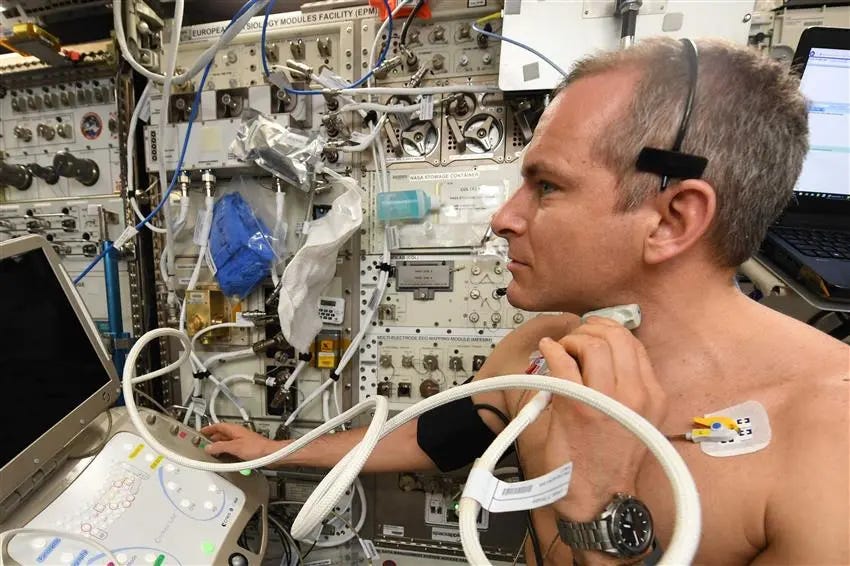
3. Neurological System
Vestibular Dysfunction:
The inner ear, responsible for maintaining balance, is compromised in space. Astronauts report dizziness, spatial disorientation, and motion sickness during the initial adaptation phase.
Neuroplasticity:
Studies using functional MRI scans have identified changes in brain regions responsible for motor control and spatial orientation.
4. Ophthalmic Changes
Known as Spaceflight-Associated Neuro-ocular Syndrome (SANS), astronauts frequently experience vision impairment due to fluid pressure on the optic nerve and retina.
Flattening of the eyeball and changes in the optic disc are documented, with long-term implications for ocular health.
5. Immune System Dysregulation
Spaceflight results in a weakened immune response, increasing susceptibility to infections. Research indicates altered cytokine production and latent viral reactivation.
Radiation Exposure in Space
Outside Earth’s protective magnetosphere, astronauts are exposed to galactic cosmic rays (GCRs) and solar particle events (SPEs).
Radiation doses in space can be up to 100 times higher than on Earth, increasing the risk of cancer, cardiovascular disease, and cognitive decline.
Shielding technologies, pharmaceutical countermeasures, and biomonitoring are areas of ongoing research.
Bonus: Learn about Van Allen Radiation Belt
Post-Return Recovery and Rehabilitation
Once back on Earth, astronauts undergo a carefully structured rehabilitation program to restore their physical and neurological functions. This process typically lasts 45 days but may extend depending on mission duration and individual response.
1. Physical Rehabilitation
Resistance and Aerobic Training:
Exercises like squats, deadlifts, and cardiovascular activities are prescribed to rebuild muscle mass and cardiovascular endurance.
Vibration Therapy:
Mechanical stimulation using vibration platforms aids in restoring bone density.
2. Neurological Readaptation
Vestibular Rehabilitation:
Balance training exercises using force platforms and visual stimuli are used to recalibrate the vestibular system.
Cognitive Assessments:
Neurological function is continuously monitored through memory, reaction time, and decision-making tasks.
3. Nutritional Support
Calcium and Vitamin D Supplementation:
To mitigate bone loss, astronauts follow a diet rich in calcium and vitamin D.
Hydration and Electrolyte Management:
Fluid intake is closely monitored to prevent dehydration and electrolyte imbalances.
4. Psychological Support
The isolation and stress of space travel can affect mental well-being. Upon return, astronauts participate in psychological counseling and adaptive behavior therapies.
Long-term monitoring assesses cognitive resilience and emotional stability.
Future Considerations for Long-Duration Space Missions
As space agencies plan for Mars missions and lunar outposts, understanding the long-term effects of spaceflight is crucial. Countermeasures such as artificial gravity systems, pharmacological interventions, and genetic therapies are being explored to mitigate physiological challenges.
With continued advancements in space medicine, human resilience in extreme environments will pave the way for future exploration. Sunita Williams’ successful mission and subsequent recovery exemplify the triumph of human endurance in the face of cosmic challenges.



